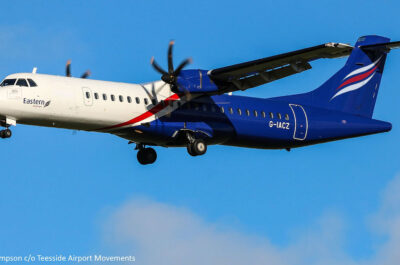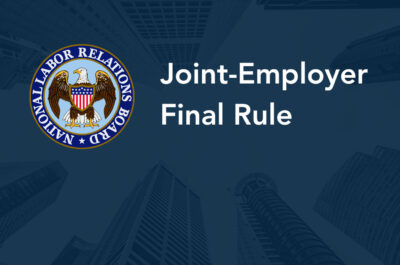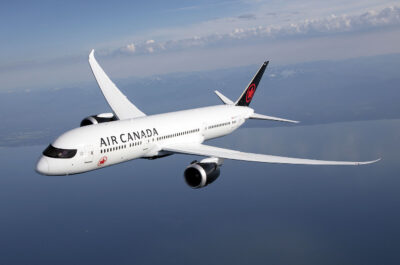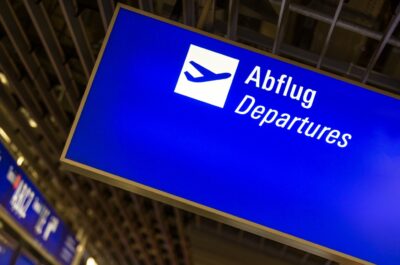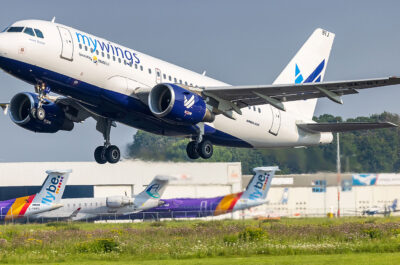Taking a critical step to ensure that aging aircraft remain just as safe as the day they were first certificated, the U.S. Department of Transportation’s Federal Aviation Administration (FAA) has mandated age-related inspections and records reviews for…
Taking a critical step to ensure that aging aircraft remain just as safe as the day they were first certificated, the U.S. Department of Transportation’s Federal Aviation Administration (FAA) has mandated age-related inspections and records reviews for most aircraft that have been in scheduled commercial service for 14 years or more.
Another feature of the new rule is a provision that operators cannot keep an airplane in service more than four years from the effective date unless the maintenance program for the aircraft includes damage-tolerance-based inspections and procedures for certain parts. These inspections identify locations and types of damage due to corrosion, accidental damage or fatigue.
Certain models of aircraft listed in the rule have a design life goal established by the FAA. Any of these planes is subject to the damage-tolerance-based inspection requirement when it reaches its design life goal —
expressed in flight hours — or no later than December 20, 2010.
We work closely with industry to make certain up front that we operate the safest, most durable and most reliable commercial fleet in the world, saidNicholas Sabatini, FAA associate administrator for regulation and certification. This rule establishes adequate and timely maintenance of age-sensitive parts and components to prevent age-related accidents and extend the airworthy life of the airplanes.
The FAA’s aging aircraft rule is being published as an interim final rule with comments and will go into effect one year from today. The rule affects operators of multi-engine airplanes in scheduled operations under Parts 121, 135, and 129 of the Federal Aviation Regulations, as well as type certificate holders (for example,aircraft manufacturers). This covers the majority of the U.S. commercial fleet. The rule does not apply to airplanes operated within the state of Alaska.
The comment period for the new rule closes in 60 days. After analyzing the comments, the agency may modify the interim rule.
Under the new regulations, the time for the first required inspection and records review will depend on the age of the airplane:
- Aircraft in service more than 24 years must have their first age-related
check no later than four years after the effective date of the rule; - Aircraft in service more than 14 years but less than 24 years must be
initially checked no later than five years after the rule’s effective date; - Aircraft not yet in service for 14 years must be checked initially no
later than five years after the start of their 15th year in service; - Repetitive examinations are required every seven years thereafter for all three classes of aircraft.
The rule also lets operators continue to fly an airplane for which an FAA airworthiness directive (AD) requires review of a plane’s service history instead of damage-tolerance-based inspections. The cutoff for operating those aircraft under those AD provisions is December 20, 2010, after which the damage-tolerance-based inspections will be mandatory.
Operators of airplanes certificated with nine or fewer passenger seats may incorporate inspections based on service history instead of damage-tolerance-based inspections and procedures in those airplanes’ maintenance or inspection programs.
The FAA estimates that it will cost Part 121 operators $173.5 million to comply with the new rule. The estimated cost to Part 135 operators is $1.7 million.
Established by law in 1991, the FAA’s aging aircraft program has improved aviation safety in the United States and around the world through the cooperative efforts of government and industry. This proactive program requires regulations that ensure the structural airworthiness of aging aircraft. It focuses on defining requirements for maintaining aircraft through improved inspections and repair practices. It ensures that the structural safety level assumed to have existed at the time the aircraft was first FAA-certificated is maintained for as long as the aircraft operates.
In October 1998, the FAA began an aging transport non-structural systems program to expand the aging aircraft program. This effort addresses critical safety issues in aircraft wiring (i.e., connectors, wiring harnesses, and
cables), mechanical, hydraulic and pneumatic systems.
Theodore is the Co-Founder and Managing Editor of TravelDailyNews Media Network; his responsibilities include business development and planning for TravelDailyNews long-term opportunities.


























